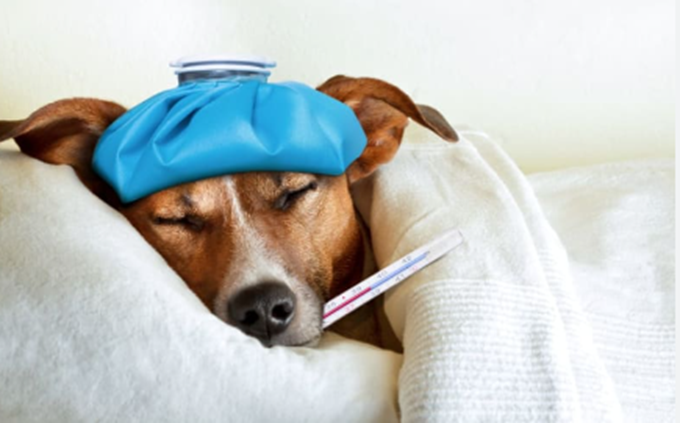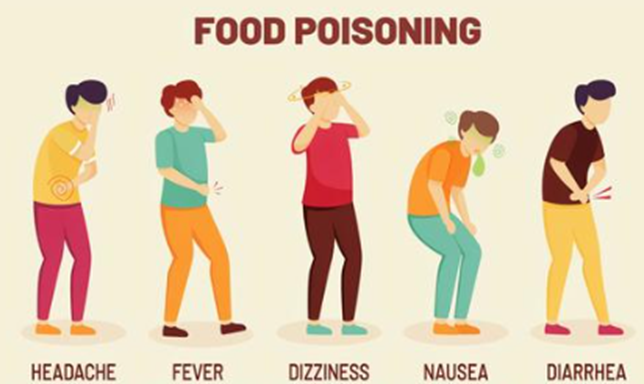Treat Acne for Less: Affordable Treatments That Deliver Results
Acne is a common skin problem. It affects people of all ages. It occurs due to clogged pores and excess oil production. Bacteria and dead skin cells also play a role. This guide explains how acne happens and how to treat acne. It also covers affordable acne removal methods.

1. How Acne Happens
Acne arises when pores become clogged. Oil glands create sebum, which keeps the skin hydrated. When extra sebum and dead skin cells combine, pores clog. Bacteria proliferate within closed pores, producing inflammation.
Hormonal changes stimulate excessive oil production. Teenagers and pregnant women are particularly prone to breakouts. Stress and food can exacerbate acne. Bacteria can be spread by using dirty cosmetic brushes and touching the face.
2. Types of Acne
| Type of Acne | Description | Causes | Treatment |
| Blackheads (Open Comedones) | Small, dark spots on the skin. Pores are clogged but remain open. | Excess oil, dead skin cells, and bacteria trapped in pores. | Regular cleansing, exfoliation, and salicylic acid treatments. |
| Whiteheads (Closed Comedones) | Small, white bumps under the skin. Pores are clogged and closed. | Oil and debris trapped beneath the skin surface. | Gentle cleansing, benzoyl peroxide, and non-comedogenic skincare. |
| Papules | Small, red, inflamed bumps. No pus present. | Bacteria, excess oil, and dead skin cells causing irritation. | Avoid picking, use anti-inflammatory products, and apply ice to reduce swelling. |
| Pustules | Red, inflamed pimples filled with white or yellow pus. | Bacterial infection within clogged pores. | Use benzoyl peroxide, spot treatments, and avoid squeezing. |
| Nodules | Large, painful, hard lumps deep under the skin. | Severe inflammation and deep bacterial infection. | Requires dermatologist treatment, oral medications, and retinoids. |
| Cysts | Large, soft, pus-filled lumps that can cause scars. | Deep infections caused by excessive sebum and bacteria. | Dermatologist consultation, antibiotics, cortisone injections, or drainage. |
3. Best and Economical Ways to Treat Acne
There are many ways to treat acne. Some methods are costly, but affordable solutions exist. Home remedies and good skincare habits help acne removal.

A. Keep Your Face Clean
Washing your face removes dirt and oil. Use a gentle cleanser twice daily. Avoid harsh soaps that dry the skin. Pat your face dry with a clean towel.
B. Use Natural Remedies
Natural ingredients aid in acne removal. Honey contains antibacterial properties. Apply raw honey to pimples for 10 minutes. Rinse with warm water.
Aloe vera soothes irritated skin. Apply fresh aloe gel to affected areas. Leave it overnight and wash in the morning.
Tea tree oil fights bacteria. Mix a few drops with water. Apply using a cotton ball.
C. Apply Ice to Reduce Swelling
Ice reduces redness and inflammation. Wrap an ice cube in a cloth. Apply it to pimples for a few minutes.
D. Exfoliate Regularly
Dead skin clogs pore and causes acne. Use a mild scrub twice a week. Sugar and honey make a great natural scrub. This process helps acne removal by unclogging pores.
E. Use Over-the-Counter Treatments
Benzoyl peroxide kills acne-causing bacteria. Salicylic acid removes dead skin. Both help treat acne effectively. Choose affordable products with these ingredients.
F. Maintain a Healthy Diet
Oily and sugary foods worsen acne. Eat fruits, vegetables, and whole grains. Drink plenty of water. Green tea reduces inflammation and helps acne removal.
G. Keep Your Hands Off Your Face
Touching your face spreads bacteria. Avoid popping pimples, as it causes scars. Let pimples heal naturally to prevent marks.
H. Wash Pillowcases and Makeup Brushes
Dirty pillowcases collect oil and bacteria. Wash them every week. Clean makeup brushes regularly. This prevents bacteria buildup and helps treat acne.
4. Long-Term Acne Removal Strategies
A. Manage Stress
Stress increases oil production. Practice yoga, meditation, or deep breathing. A relaxed mind helps prevent breakouts.
B. Exercise Regularly
Exercise improves blood flow and skin health. Sweat removes toxins from the body. Shower after workouts to prevent clogged pores.
C. Get Enough Sleep
Lack of sleep affects skin health. Aim for 7-9 hours of rest. Good sleep helps treat acne and promotes healing.
D. Consult a Dermatologist for Severe Acne
Some acne needs medical treatment. A dermatologist may suggest prescription creams. Oral medications and laser treatments help acne removal. Professional advice is best for persistent acne.
Conclusion
Acne results from clogged pores, bacteria, and oil production. It affects a large number of people but can be treated. Simple techniques can help treat acne without costing too much.
Wash your face, apply natural remedies, and avoid touching pimples. Eat a balanced diet, reduce stress, and get plenty of sleep. Acne eradication is more effective when proper skincare habits are followed.
You may achieve clear skin by following these cost-effective tips. Be patient and consistent. Acne should be treated with care to achieve the desired results.
FAQ’s
What are the main causes of acne?
How does excess oil production lead to acne?
What are the best natural remedies to treat acne?
How can diet affect acne breakouts?
What affordable skincare products help with acne removal?
How does stress contribute to acne, and how can it be managed?
What are the most effective home remedies for acne removal?
How often should I exfoliate to prevent acne?
What daily habits can help reduce acne? When should I see a dermatologist for acne treatment?






